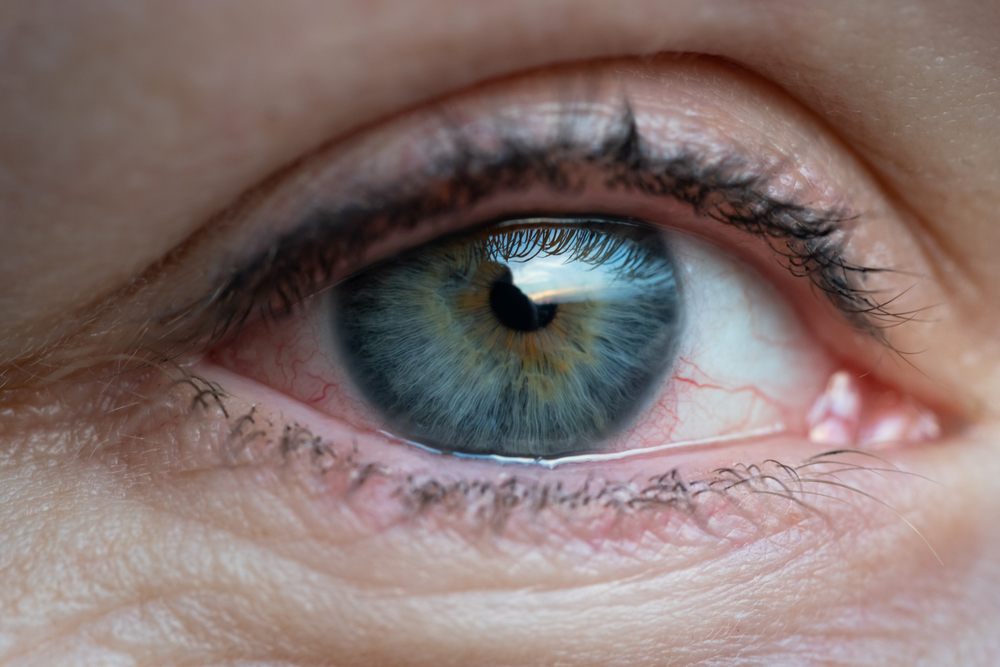Understanding Astigmatism: Diagnosis and Correction

Understanding Astigmatism: Diagnosis and Correction
Astigmatism is a common refractive error of the eye that occurs when the cornea or lens is not perfectly curved, causing blurred or distorted vision. Instead of having a perfectly spherical shape, the cornea or lens has a slightly irregular curvature, similar to the shape of a football or an egg. This irregular curvature prevents light from focusing properly on the retina, leading to various vision problems.
Astigmatism can be present from birth or develop over time due to factors such as eye injuries, certain eye conditions, or even the natural aging process. It is important to understand the causes, symptoms, and available treatments for astigmatism to maintain optimal eye health and visual clarity.
Causes of Astigmatism
Astigmatism can be caused by a variety of factors, including:
- Irregular Corneal Curvature: The cornea, the clear front part of the eye, is responsible for refracting light and focusing it onto the retina. If the cornea has an irregular or asymmetrical shape, it can result in astigmatism.
- Lens Irregularities: The lens inside the eye can also contribute to astigmatism if it has an irregular shape or curvature.
- Eye Injuries or Trauma: Injuries to the eye, such as a corneal scar or irregularity, can disrupt the normal curvature of the cornea, leading to astigmatism.
- Keratoconus: This is a progressive eye condition in which the cornea gradually thins and bulges into a cone-like shape, causing significant astigmatism.
- Hereditary Factors: Astigmatism can be inherited, with some individuals being more prone to developing this refractive error.
- Age-Related Changes: As you grow older, the lens inside your eye can become less flexible and develop irregularities, contributing to the development of astigmatism.
Understanding the underlying causes of your astigmatism is important in determining the most appropriate treatment approach.
Common Symptoms of Astigmatism
Individuals with astigmatism may experience a variety of symptoms, including:
- Blurred or distorted vision: Objects may appear blurred, stretched, or out of focus, especially at certain distances.
- Eye strain and fatigue: Prolonged reading, computer use, or other close-up tasks can cause eye strain, headaches, and fatigue.
- Difficulty with night vision: Glare, halos, or starbursts around lights may be more pronounced in low-light conditions.
- Squinting or tilting the head: Some people with astigmatism may unconsciously squint or tilt their head in an attempt to improve their vision.
- Difficulty with depth perception: Astigmatism can affect your ability to accurately judge distances and depths.
If you experience any of these symptoms, it is important to schedule an eye examination with an optometrist to determine the underlying cause and appropriate treatment.
How is Astigmatism Diagnosed?
Diagnosing astigmatism typically involves a comprehensive eye examination by an optometrist. The examination may include the following tests:
- Visual Acuity Test: This test measures your ability to see clearly at various distances, using an eye chart.
- Refraction Test: Also known as a "phoropter" test, this assessment determines the precise refractive error of your eyes, including the presence and degree of astigmatism.
- Keratometry: This test measures the curvature of the cornea, which can help identify any irregularities that may be causing astigmatism.
- Slit-Lamp Examination: The eye doctor uses a specialized microscope to examine the structure of your eyes, including the cornea and lens, for signs of irregularities.
- Corneal Topography: This advanced imaging technique creates a detailed map of the surface of the cornea, providing a comprehensive analysis of its shape and curvature.
Based on the results of these tests, your eye care professional will be able to diagnose the type and severity of your astigmatism, and recommend the most appropriate treatment options.
Treatment Options for Astigmatism
Corrective lenses, such as eyeglasses and contact lenses, are the most common and widely used treatments for astigmatism. These lenses are designed to counteract the irregular curvature of the cornea or lens, allowing light to focus properly on the retina and providing clearer, sharper vision.
Eyeglasses with cylindrical lenses are typically the first line of defense against astigmatism. These lenses have a different curvature in one axis compared to the other, which helps to correct the irregularities in the eye's shape. Depending on the severity of your astigmatism, your eyeglasses prescription may include a combination of spherical and cylindrical lens powers.
Contact lenses designed to correct astigmatism, known as toric lenses, are another effective option. Toric lenses have a unique, asymmetrical shape that conforms to the irregular curvature of the eye, providing clear and focused vision. These specialized lenses are available in both soft and rigid gas-permeable varieties, allowing you to choose the option that best suits your individual needs and preferences.
Choosing the right corrective lenses for your astigmatism is an important decision that should be made in consultation with your eye doctor. They can help you determine the most suitable lens type, power, and fit to ensure optimal visual clarity and comfort.
Schedule Your Comprehensive Eye Exam with Texas State Optical Today
Astigmatism is a common refractive error that can cause blurred or distorted vision, but with proper diagnosis and treatment, you can achieve clear, comfortable eyesight. By understanding the causes, symptoms, and available treatment options, you can work with your eye care professional to develop a customized plan to manage your astigmatism and maintain optimal eye health.
If you are experiencing any of the symptoms associated with astigmatism, schedule an appointment with Texas State Optical. We can provide a comprehensive examination and recommend the most appropriate treatment options to help you achieve clear, comfortable vision. Visit our office in Buda, Texas, or call (512) 991-8656 to book an appointment today.



